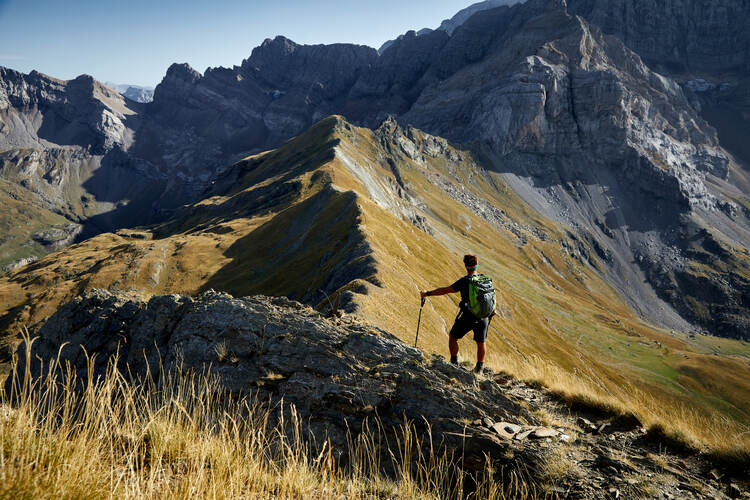
From Iceland to the Balkans, from Sweden to the Scottish Highlands – we pick the best hiking routes in Europe
The routes
- Laugavegurinn Trail, Iceland
- Kungsleden, Sweden
- West Highland Way, Scotland
- Wainwright’s Coast to Coast Trail, England
- The Western Front Way, Belgium and France
- Traverse of the Pyrenees, France and Spain
- Camino de Santiago, Spain
- Tour du Mt Blanc, France, Italy, Switzerland
- Alta Via I & II, Italy
- Peaks of the Balkans, Albania, Kosovo, Montenegro
The long, hot days of summer are just around the corner so what better time to shoulder a backpack, lace up the hiking boots and head out on a multi-day hike through the mountains. From the tundra of the far north to Alpine glaciers, English country pubs, historical trails and award-winning community tourism projects, Europe has a lifetime of hiking trails to choose from.
We’ve spent years hiking all over Europe to come up with a definitive list of the best hiking adventures for you to head out on this summer. The eleven routes we’ve chosen haven’t been ranked in order of preference but do run from north to south and west to east.
Laugavegurinn Trail, Iceland

Iceland, the Land of Fire and Ice, is primordial. It was the volcanic violence of the Mid-Atlantic Ridge that created it and even today volcanoes continue to erupt, geysers steam and glaciers crunch down rock. All of this means that the landscapes here are in constant flux. Ever changing. Ever growing. Ever shrinking. The Laugavegurinn Trail, Iceland’s most popular multi-day hike, takes you through the entire range of Icelandic landscapes and in the process teaches you something about the very birth of our planet. Duration: 3-4 days Length: 55km/34 miles Difficulty: Moderate
Kungsleden, Sweden
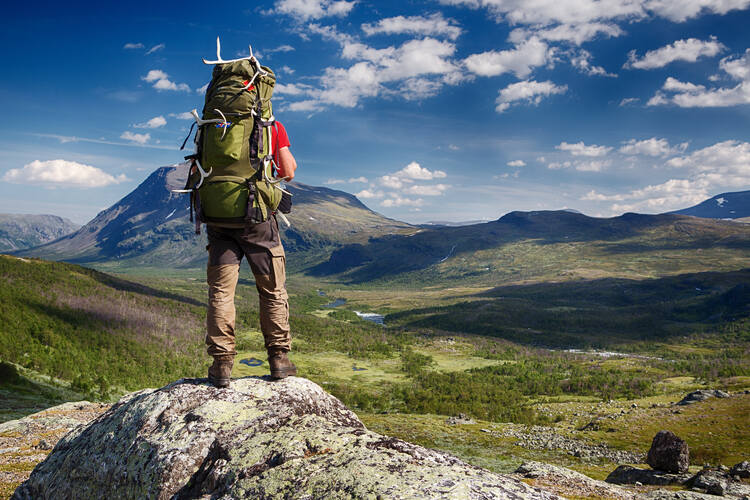
Not one for quitters, or those who need creature comforts, Sweden’s epic Kungsleden, or Kings Trail, is a month-long immersion into one of the last great wilderness regions in Europe. The landscape is more undulating hills and tundra moorland than sheer mountain faces, but the region through which the trail passes is only sparingly inhabited, so you’ll need to be mentally prepared to go long periods without seeing other people, and you’ll need to be self-sufficient. Duration: 30 days Length: 440km/270 miles Difficulty: Hard
West Highland Way, Scotland

So much of the British landscape has been tamed that the sense of the wild that can be encountered again and again on Scotland’s West Highland Way can be quite disorientating. As you stride over boggy moorlands towards a snow-streaked mountain peak where the only other visible signs of life are fleeing red deer, it can be hard to remember that this is Britain, not Norway. Although fairly short, this can be a tough walk thanks to the ever-inclement weather. Good job there’s always a pub to warm up in at the end of another wet day! Duration: 6-8 days Length: 151km/96 miles Difficulty: Hard
Wainwright’s Coast to Coast Trail, England

Spanning the width of England, Wainwright’s Coast to Coast Trail takes hikers through some of the best-loved and most diverse landscapes in England. In just two weeks, you will walk clean across the Lake District, whose beauty has inspired poets and writers for generations, the deep green valleys of the Yorkshire Dales, and the powerful landscapes of the North York Moors. All along the way are twee villages and cosy country pubs. Duration: 15-18 days Length: 308km/192 miles Difficulty: Hard
The Western Front Way, Belgium and France
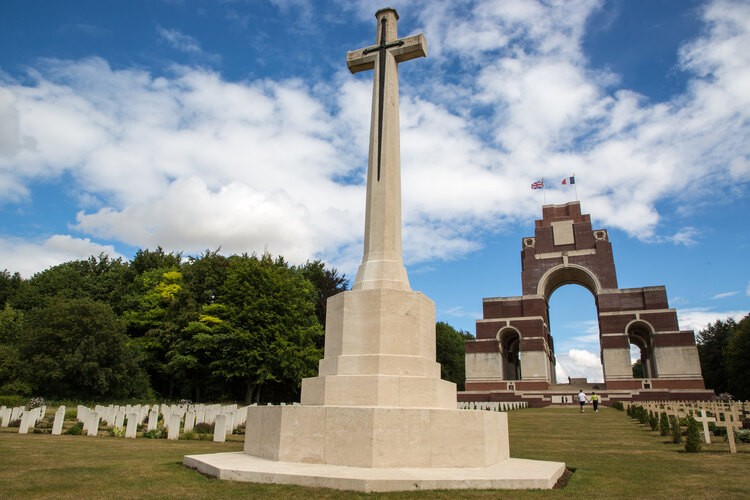
There’s nothing peaceful about the new and very long-distance Western Front Way (don’t worry, it’s easy to break it into bite-sized pieces) that follows the length of the World War I trench lines for a thousand heartbreaking kilometres. The idea for this trail actually occurred during the heat of battle in Second Lieutenant Alexander Douglas Gillespie wrote in a letter from the front line how he would like to one day see a hiking trail established along the lines of battle that would allow people to ‘Learn what war means from the silent witnesses on either side’. Duration: 40-50 days Length: 1,000km/621 miles Difficulty: Hard
Traverse of the Pyrenees, France and Spain

Spinning off the giant flanks of Mont Perdu/Perdido (Lost Mountain) are a series of mountain cirques and formidable gorges that are linked to one another by a vast upland plateau. This spectacular landscape in the heart of the Pyrenees, the mountain range that divides France from Spain, is one of only a handful of places on Earth to have been granted Unesco’s triple crown of World Heritage Site, Biosphere Reserve and Geopark. By walking one of the three challenging trails (the GR10 on the French side, the GR11 on the Spanish side and, tip-toeing along the frontier ridges, the HRP) that traverses the width of this range you will pass right under the shadow of Mont Perdu/Perdido and get a firsthand experience of how this place left Unesco so bowled over. Duration: 40-50 days Length: 840km/522 miles Difficulty: Hard
Camino de Santiago, Spain

During the 9th Century, a Catholic hermit in northern Spain saw an unusually bright star. Following it, he was led to an unknown tomb in which the hermit discovered the remains of St James the Great. Word spread. The Pope endorsed it. Pilgrims came. The chapel built over the tomb became a church and then a cathedral, and all the time, more and more pilgrims came. Today, the Camino de Santiago is easily the most popular pilgrimage route in Europe, with tens of thousands setting out each year to walk across northern Spain to the cathedral that now lies at the centre of the granite city of Santiago de Compostela. Duration: 30-35 days Length: 790km/490 miles Difficulty: Moderate
Tour du Mt Blanc, France, Italy, Switzerland
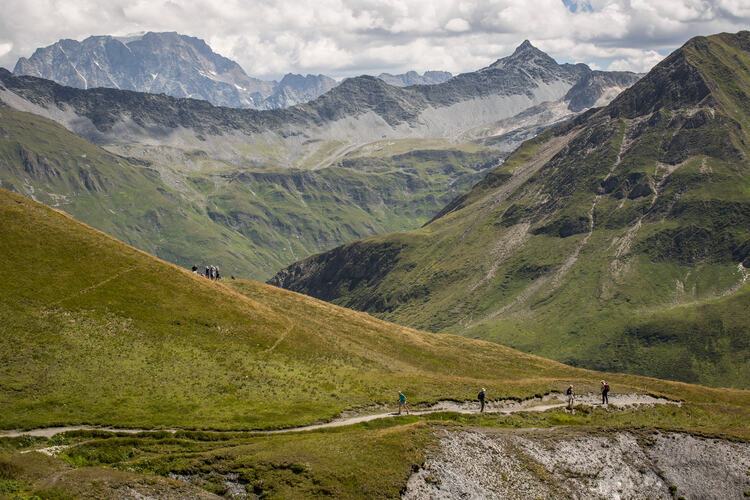
Pass through three countries as you complete the magnificent Tour du Mont Blanc, western Europe’s highest mountain. Mt Blanc, and the Alps in general, is where modern Alpinism was born and so not just does this very achievable hike take you through some of the finest scenery in the Alps, but it’s also something of a lesson in the history and culture of alpinism. Throw in good quality mountain huts and hotels and the food and culture of three different nations and you’ll understand why this is rightly considered one of the great hikes of Europe. Duration: 11 days Length: 170km/106 miles Difficulty: Moderate
Alta Via I & II, Italy
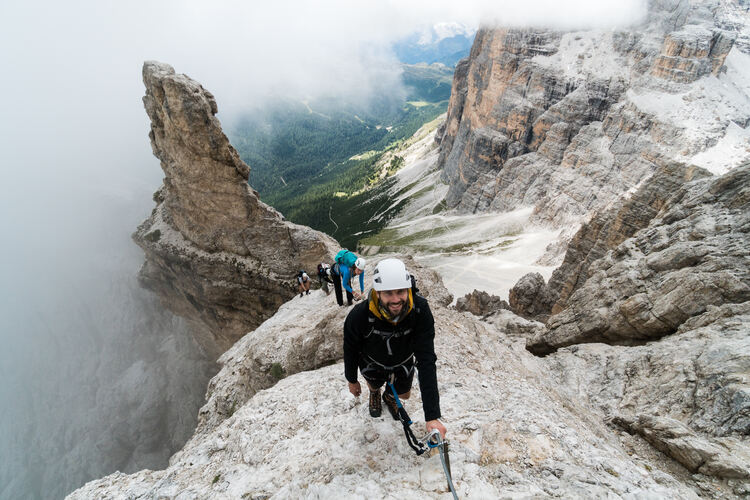
As you scramble nervously up metal ladders – known as via ferratas – bolted to vertical cliff faces hundreds of metres high, you might be surprised to learn that these were developed by soldiers in World War I when the Italian Dolomites were a high-altitude battleground between Italian and Austro-Hungarian forces. Today, the Dolomites have earned a reputation as the place to go hiking once you’ve ticked off the nearby Alps. There are two classic multi-day routes here. The Alta Via I, where alternative routes mean the use of via ferratas is optional, and the Alta Via II, where you have to use via ferratas. Duration: 8-10 days Length: 120km/75 miles Difficulty: Moderate
Peaks of the Balkans, Albania, Kosovo, Montenegro

This is the kind of hike we like. Not just does this circular trail through the Albanian Alps (which also go by the far more evocative name of the Accursed Mountains) take you through a serene green-tinged mountain landscape that remains little known to the outside world, but, because most nights you stay in a village home, it’s also a hike with strong cultural interest. But even better than all that is that the trail has helped bring communities together in the long-troubled Balkans region. In fact, this wonderful hike has won a Tourism for Tomorrow award. Duration: 10 days Length: 192km/119 miles Difficulty: Moderate
Related links:




